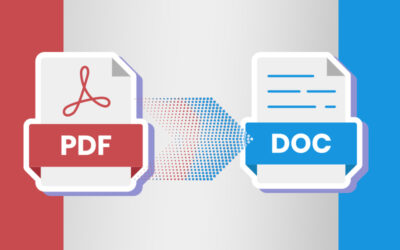 Each stage in the construction process requires critical paper documentation. An extensive paper trail is generated, from the initial state of the project through its completion. As the number of documents including architectural plans increases, there is a greater possibility for these documents to become unmanageable. Heavy documentation is intrinsic to the construction industry and there is the vital need to streamline the processes when it comes to documentation and project planning. Digital archiving and document scanning has emerged as two critical processes that can help address the situation and to manage the documents more efficiently.
Each stage in the construction process requires critical paper documentation. An extensive paper trail is generated, from the initial state of the project through its completion. As the number of documents including architectural plans increases, there is a greater possibility for these documents to become unmanageable. Heavy documentation is intrinsic to the construction industry and there is the vital need to streamline the processes when it comes to documentation and project planning. Digital archiving and document scanning has emerged as two critical processes that can help address the situation and to manage the documents more efficiently.
Challenges in the Way of Achieving a Paperless Office
Project managers often find it challenging to have the information they want in a secure central repository. The information is contained in purchase orders, paper forms and project documents that may be in a disorganized state. Even if the information is stored, accessing it whenever and wherever needed may prove difficult with paper and manual processes.
Construction business clients require their work to be done on time, within the allocated budget and without much variation in the plan. This seems to be a big challenge, and proper management of paper documents can be one of the efficient measures to address the situation. Improper organization of documents may hinder employees from getting the right content to the appropriate recipient in a timely manner.
Situations that Create Documentation Issues
Documentation challenges may arise out of common situations such as:
Hampering Construction Schedules: Inaccurate schedule reports often raise both content and concurrency problems. For example, when dealing with a 10,000-activity Critical Path Method (CPM) schedule to manage a project, it is necessary to maintain a detailed plan of major activities, an understanding of key interrelationships and critical external time constraints, to make the schedule run properly. Even if a reasonable schedule may have been developed at the time of project inception, it should be updated periodically to reflect the actual progress.
Change Orders: Change order signifies a work that is added to or deleted from the original scope of the project, which can alter the budget estimated for the original contract and/or its completion date. Orders that often appear at the end of the project are unpleasant for owners looking for free work or cost savings. Contractors may also suffer by deferring agreement on change orders.
Control Logs: Record keeping systems for construction projects often cause problems such as too much information, inappropriate distribution of information, and un-timeliness. Moreover, project managers should be served with the status of change orders, requests for information (RFI) and drawings, as per requirements. Crucial follow up information summarizing the activities; status, action date and responsible parties can provide a quick overview of pending items, additional funding requirements, and personnel responsible for follow-up.
The Need for an Efficient Data Management System
All these challenges can be well addressed with the help of a proper data/document management system. Such a system in the construction sector helps in delivering accurate and meaningful information to project managers, architects, designers, site owners, and sub-contractors on a timely basis.
Converting paper drawings to digital format helps project managers pull up the blueprint drawing onsite to check anything they want within seconds on their tablets or smartphones. This can revolutionize the way the worksites operate and boost the efficiency levels to new heights. Apart from conversion, documents can be scanned and indexed so as to make them searchable, and easily retrievable with a simple keyword search.



